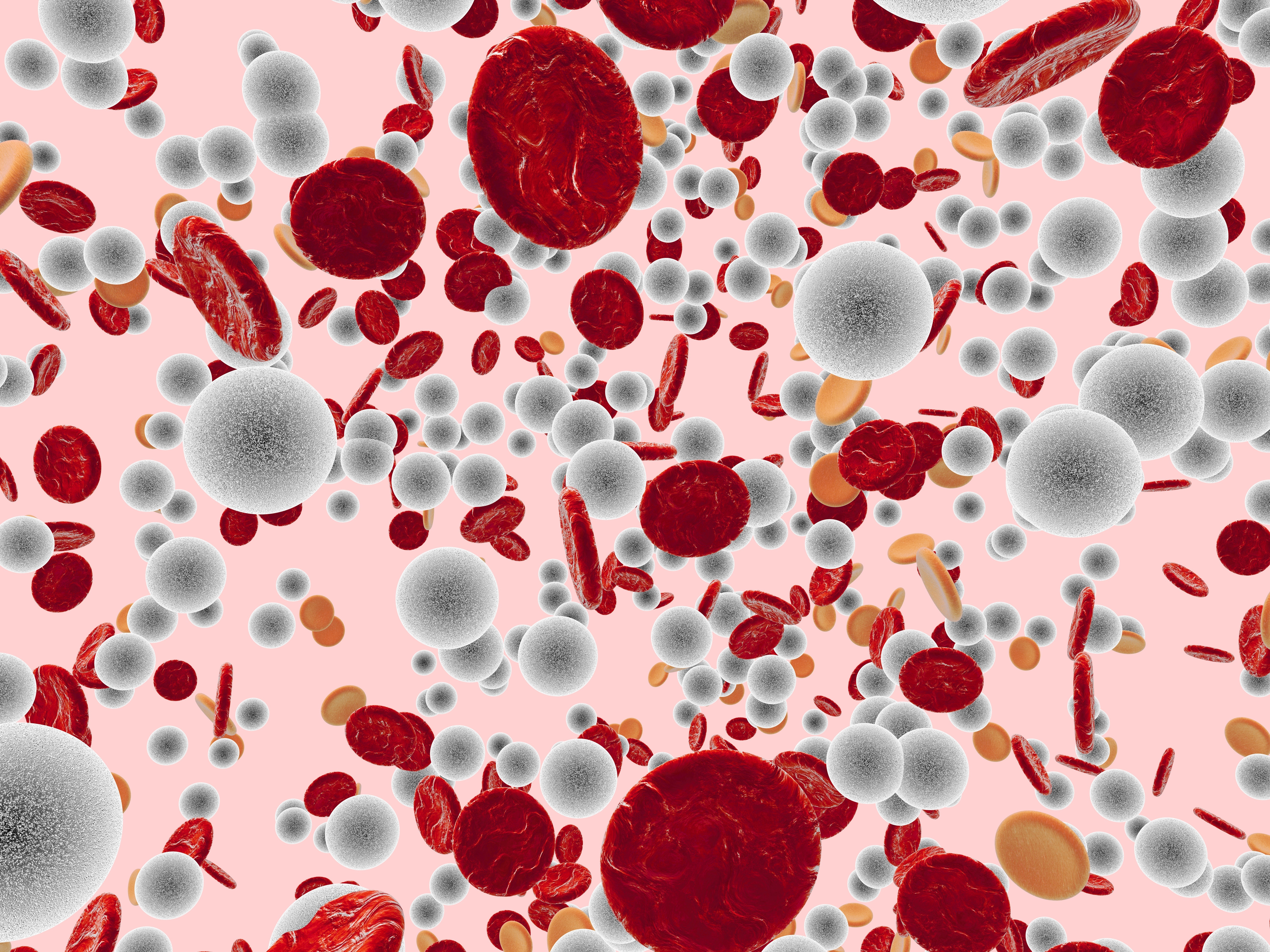In a recent article published in The Circulation, it has been found that the use of a loading dose while switching between P2Y12 inhibitors in patients with coronary artery disease is associated with mitigation of the reactivity of platelets. The study has also emphasized that timing of administration of loading dose has no impact on platelet reactivity.
De-escalation is commonly seen in current clinical practice due to increased risk of bleeding associated with ticagrelor. Prior to this study, there has been limited data supporting the drug to drug interaction during de-escalation manifesting as increased platelet activity. To address this Dr. Dominick Angiolillo, MD, Ph.D. and his colleagues conducted a randomized open, single-center study called SWAP (Switching Antiplatelet Therapy)-4.

[perfectpullquote align=”full” bordertop=”false” cite=”” link=”” color=”” class=”” size=””]“There is limited data but its believed to be due to the residual effect at post signaling receptors of ticagrelor’s interaction with ADP.”- Dr. Dominick Angiolillo [/perfectpullquote]
When asked about this increase in platelet activity, Dr. Dominik explained that “There is limited data but its believed to be due to the residual effect at post signaling receptors of the interaction of ticagrelor with ADP.”
Dr. Dominik and colleagues enrolled 80 CAD patients who were on aspirin and clopidogrel for a minimum of 30 days. Initially they escalated clopidogrel with ticagrelor with a loading dose(180 mg) following with a maintenance dose of 90 mg Q12h for a period of 7 days. Patients were then randomized into 4 different groups based on the different maintenance dosage during switching and followed up for 10 days.
- Group A– Clopidogrel 600 mg LD 24 hours followed by 75 mg/d MD (C-600 mg-24h).
- Group B– Clopidogrel 600 mg LD 12 hours followed by 75 mg/d MD (C-600 mg-12h).
- Group C– Clopidogrel 75 mg/d MD 24 hours (C-75 mg-24h).
- Group D– Ticagrelor 90 mg Q12h MD (T-90 mg q12h).
Assessment of platelet reactivity was performed by using Verify Now to detect P2Y12 reaction units (PRU), Platelet reactivity index (PRI) by whole-blood vasodilator-stimulated phosphoprotein(VASP), and maximal platelet aggregation (MPA) by light transmittance aggregometry (LTA) . Pharmacodynamic testing of platelet activity was carried out at baseline, post escalation, and during de-escalation at 2, 24, 48, 72 hrs and on 10th day.
Pharmacodynamic profiles of platelet reactivity with all three assays remained lower throughout the study in patients who were randomized to a maintaince dose of ticagrelor (group D). They also observed no pharmacodynamic differences for all three assays between group A and group B. This similarity in PRU levels between group A and group B at 48 hours emphasized the minimal influence of timing in the administration of the loading dose and importance of loading dose in the mitigation of increased platelet activity. PRU levels, when compared, were lower in group A/B versus group C. PRI and MPA profiles paralleled the observation with PRU. 20% CYP2C19 has no impact on this results.
Lastly, the investigators acknowledged certain limitations by saying that the study was restricted to stable patients with CAD with a background of aspirin and clopidogrel, but not in patients with a recent acute coronary syndrome. In addition, the study did not detect differences in high on-treatment platelet reactivity unlike SWAP 2 in which platelet reactivity and prevalence of HPR were compared.
In an interview with Dr. Gibson, when asked about the clinical impact of this study, Dr. Dominik commented that “We don’t recommend switching, therefore we must delay switching as much as possible. In case of a need to switch,switch it with a loading dose.”




